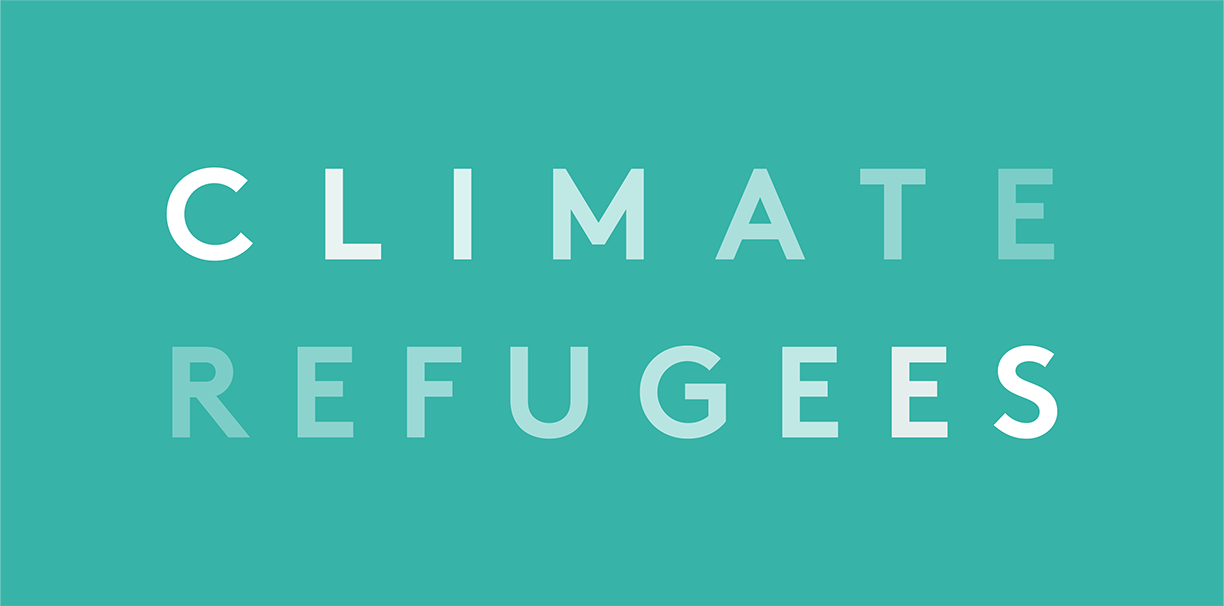This field journal grows out of years of work at the intersection of climate change, displacement and human rights, and from months of field research and community dialogues that Climate Refugees carried out across Guatemala and the US–Mexico borderlands in 2024.
Across Central America’s Dry Corridor, families facing droughts, floods and crop collapse are fighting for one thing — the right to stay. Yet as climate impacts worsen, many are forced north, where border walls and detention centers have replaced the adaptation funds that could have kept them home.
Many of these reflections were written in quiet moments along the way. While climbing hillsides in Guatemala’s highlands, sitting with families in drought-stricken villages, or speaking with migrants in border towns cut off from economic opportunity. The voices shared here belong to people living at the heart of the climate crisis, asking urgent and universal questions: What does it mean to stay? What does it mean to move?
The Central America Dry Corridor is among the most climate-vulnerable regions in the world. Guatemala, Honduras, El Salvador and Nicaragua regularly rank among the 15 most disaster-exposed countries globally. For rural and Indigenous communities already shaped by colonial legacies, structural violence and systemic exclusion, climate impacts are deepening long-standing injustices.
Yet migration is not the dream. Again and again, people told us simply: “We just want a chance to stay.” Their words are the moral compass of this work. They remind us that climate justice begins with the right to stay, and extends to the right to move safely, with dignity and with hope.
Released ahead of COP30 in Belém, this field journal offers evidence and reflection for policymakers, donors and anyone concerned with climate justice: that meaningful climate finance and adaptation investments are the real border policy solutions. Because when a farmer says, “I wanted my children to have a future in their own country,” no further explanation is needed. It’s a truth that connects us all — we all want a chance to stay in our homes.


